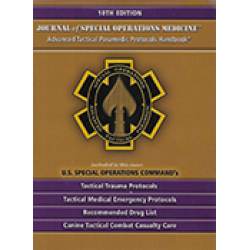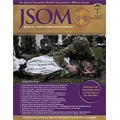Clinical Update: Concepts of Prehospital Traumatic Hemorrhage Control in the Operational K9
Palmer LE 18(4). 123 - 130 (Journal Article)
Major trauma often involves varying degrees of hemorrhage. Left unattended, any amount of trauma-induced hemorrhage may rapidly become life threatening. Similar to humans, Operational canines (OpK9s) can suffer penetrating trauma and blunt trauma that lead to compressible and noncompressible hemorrhage. Preserving organ function and saving the life of a massively bleeding OpK9 require the implementation of immediate and effective hemostatic measures. Effective hemorrhage control interventions for the exsanguinating OpK9 are similar to those for humans: direct pressure, wound packing, hemostatic agents and devices, pressure bandage, and, possibly, tourniquet application. Although tourniquet application is a life-saving intervention in humans experiencing extremity hemorrhage, it is not considered a necessary, immediate-action life-saving intervention for canines with extremity injuries. This article provides a brief description of the basic methods for identifying life-threatening hemorrhage and achieving immediate hemostasis in the bleeding OpK9 during the prehospital period.


 Español
Español 




